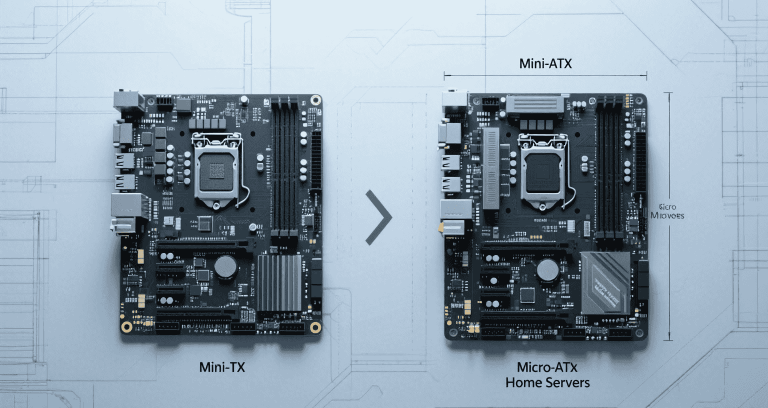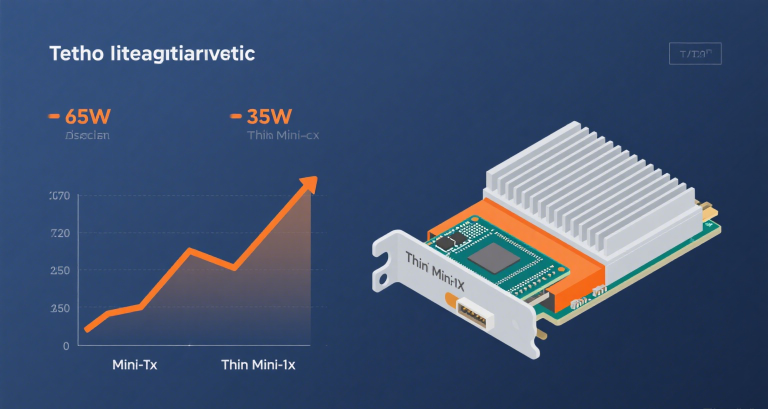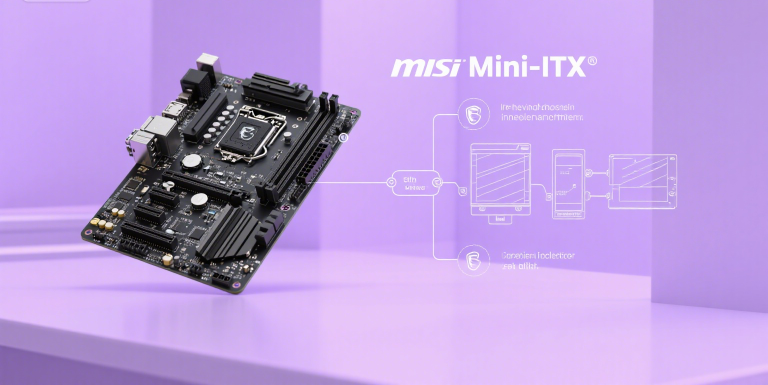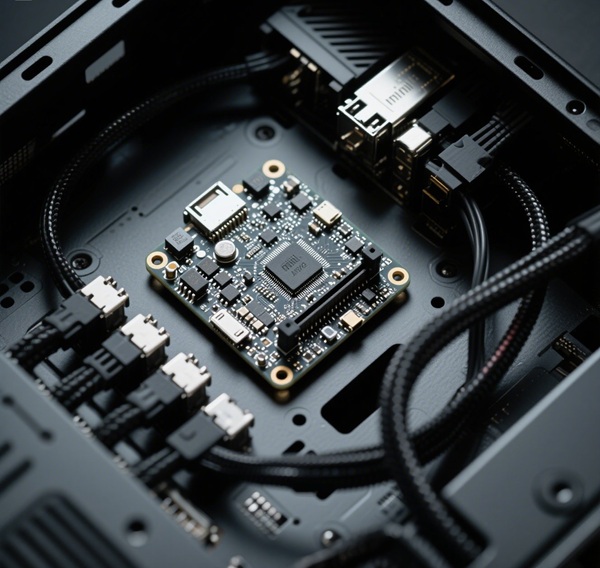Choosing a Mini‑ITX Board for Plex Servers: Technical Design and Deployment Guide
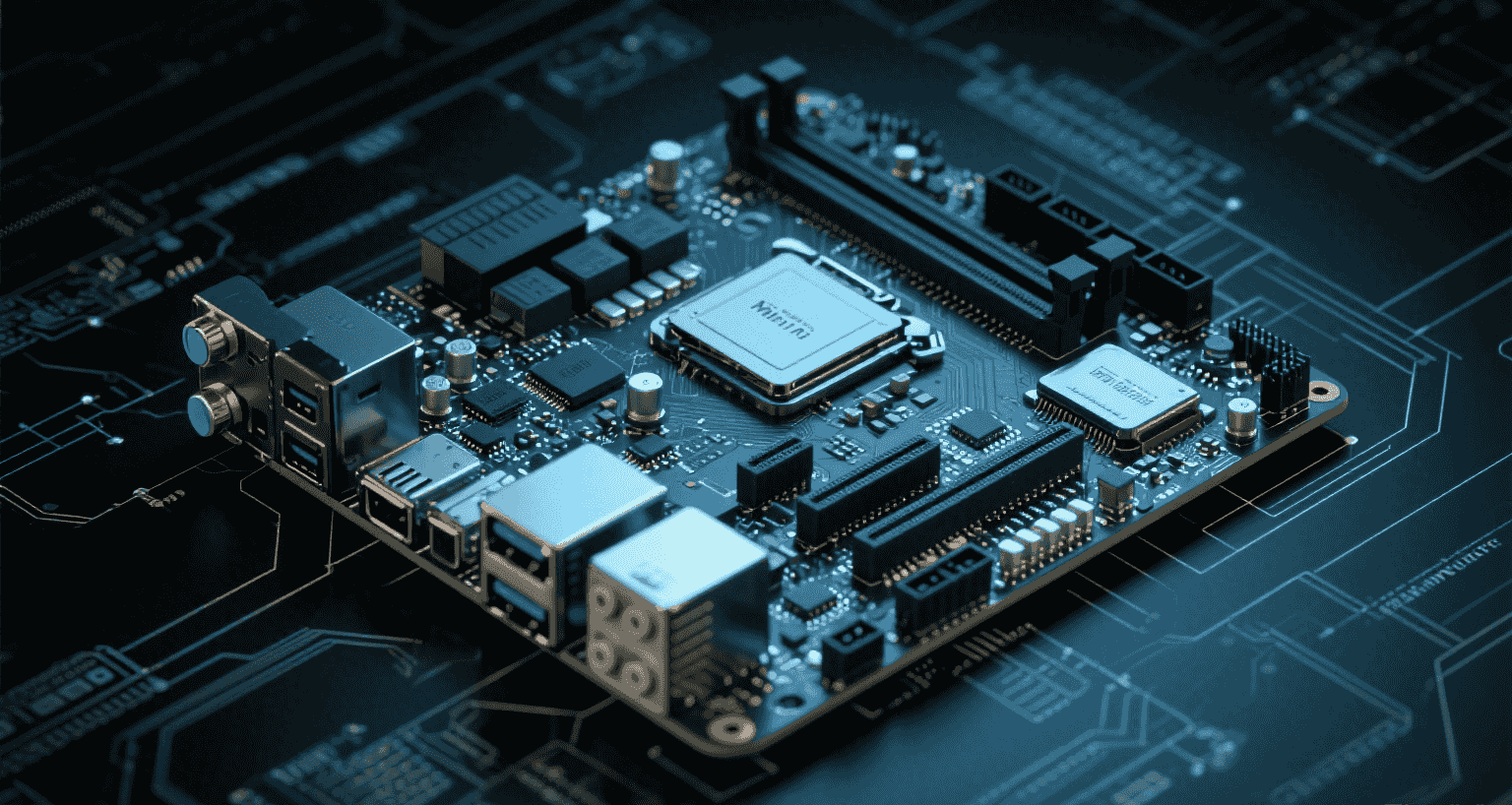
Table of Contents
- 1. Introduction to Plex Media Servers in Compact Form Factors
- 2. Understanding Plex Transcoding and Hardware Load
- 3. Intel vs AMD for Plex: CPU and iGPU Transcoding Capabilities
- 4. iGPU Initialization and BIOS Settings
- 5. Key Mini‑ITX Board Features for Plex Servers
- 6. Networking and Streaming Bandwidth Considerations
- 7. Storage Interface Support for Media Libraries
- 8. Thermal and Power Design for 24/7 Operation
- 9. Operating System and Container Compatibility
- 10. Recommended Mini‑ITX Boards by Use Case
- 11. Case and Cooling Options for Plex Builds
- 12. Build Recommendations and Final Checklist
1. Introduction to Plex Media Servers in Compact Form Factors
Mini‑ITX systems offer a compelling balance of silence, size, and performance—ideal for media-centric use. With support for hardware-accelerated transcoding, SATA/NVMe storage, and modern networking, you can deploy efficient, unobtrusive Plex media servers without rackmount gear.
2. Understanding Plex Transcoding and Hardware Load
Plex can either stream media in its native format (Direct Play) or transcode it on-the-fly to match the client’s capabilities. Hardware transcoding is critical when dealing with:
- Multiple users streaming different formats
- 4K or high-bitrate media that must be downscaled
- Limited upload speeds (transcoding helps reduce bitrate)
Transcoding performance is directly tied to CPU/iGPU capability and cooling.
3. Intel vs AMD for Plex: CPU and iGPU Transcoding Capabilities
Intel Quick Sync (Preferred)
- Supported natively by Plex with minimal setup
- Enables multiple simultaneous transcodes with low CPU usage
- Consistent driver support across Linux and Windows
AMD Radeon iGPU
- Ryzen APUs support VAAPI, but require additional configuration
- Less consistent results across OS versions and Plex updates
Recommendation: Choose Intel 10th–14th Gen CPUs with Quick Sync for the most reliable Plex experience.
4. iGPU Initialization and BIOS Settings
Even without a display, the integrated GPU must be enabled in BIOS to allow Plex to detect and use it for hardware acceleration. Engineers should:
- Enable “iGPU Multi-Monitor” or equivalent
- Ensure BIOS sets iGPU as active even when headless
- Update BIOS to the latest version for better transcoding stability
5. Key Mini‑ITX Board Features for Plex Servers
PCIe Slot Usage
Most Mini‑ITX boards offer one x16 slot. You can choose to install either:
- A low-power GPU (for NVENC/NVDEC support)
- A 10GbE NIC (for high-throughput NAS access)
If you don’t need either, onboard iGPU is usually sufficient.
RAM and ECC
Two DIMMs are standard. Plex metadata can use >4 GB, so 16–32 GB is recommended. ECC is supported only by certain industrial boards and Ryzen Pro/Intel Xeon platforms.
6. Networking and Streaming Bandwidth Considerations
Plex server bandwidth depends on:
- Streaming bitrate (10–40 Mbps per stream)
- Concurrent access from LAN vs remote users
- Whether media is streamed from local storage or a NAS
Recommended: Use Intel 2.5G or 10GbE NICs and consider dual-NIC setups or VLANs to segment traffic.
7. Storage Interface Support for Media Libraries
SATA Drives
Bulk libraries are best stored on spinning disks. Mini‑ITX boards with 4–6 SATA ports can accommodate basic setups. For more drives, consider HBA cards via PCIe or external JBOD enclosures.
NVMe SSDs
Fast SSDs accelerate:
- Plex’s internal database and thumbnail cache
- Temporary transcoding writes
Ensure the SSD doesn’t overheat in tight enclosures—use thermal pads or small heatsinks.
8. Thermal and Power Design for 24/7 Operation
Mini‑ITX boards can run hot, especially under sustained CPU/iGPU load. For Plex servers:
- Select boards with VRM heatsinks or fans
- Use Gold/Platinum SFX PSUs for efficiency and low noise
- Implement airflow paths to cool CPU, VRMs, SSDs
“My NR200P with a 65 W i5 runs 24/7 at <60°C CPU temp with low fan RPM. Very quiet." — homelab user
9. Operating System and Container Compatibility
Best Choices
- Ubuntu Server with Docker + Plex container
- TrueNAS Scale with Plex app and hardware passthrough
- Unraid for GUI-based management with array integration
Enable GPU devices with flags like --device=/dev/dri or configure VAAPI settings.
10. Recommended Mini‑ITX Boards by Use Case
Intel Boards
| Board | Key Features |
|---|---|
| ASUS ROG STRIX B760-I | 2.5G LAN, PCIe Gen4, HDMI, solid VRMs |
| ASRock B660M-ITX/TB4 | Thunderbolt, ECC variant, clean layout |
AMD Boards
- ASRock Rack X570D4I-2T: ECC, dual 10GbE, M.2 + SATA, ideal for combined NAS/Plex setups
For AMD, plan for extra effort to set up transcoding support via VAAPI in Linux.
11. Case and Cooling Options for Plex Builds
- Jonsbo N4: 4–6 drive bays, front USB, silent cooling path
- Fractal Node 304: Classic Mini‑ITX storage chassis
- NR200/NR200P: Good airflow, supports AIO and GPU if needed
Watch out for VRM heatsinks that interfere with low-profile coolers or SFX PSU cables.
12. Build Recommendations and Final Checklist
Silent Living Room Plex Box
- Intel i3/i5 + Mini‑ITX board + NVMe + 2–4TB SATA
- No GPU required (Quick Sync)
- Small case with low-RPM fans
High-Performance Plex Transcoder
- i7/i9 or Ryzen 7/9 + optional NVIDIA GPU
- SFX PSU + NVMe for cache + 10GbE NIC
NAS + Plex Combined System
- ASRock Rack ITX board + ECC memory
- Dual 10GbE + 4–6 SATA drives + Proxmox or TrueNAS Scale
Conclusion
When building a Plex server around Mini‑ITX, prioritize Intel CPUs with Quick Sync, proper VRM cooling, sufficient SATA/NVMe options, and future networking upgrades. For homelab and embedded deployment, MiniITXBoard offers curated Mini‑ITX solutions built for reliability and performance.

